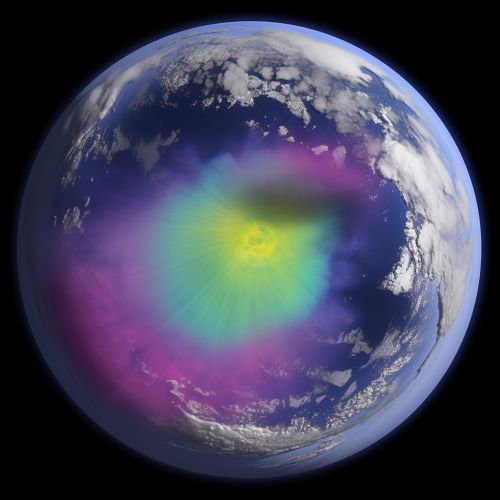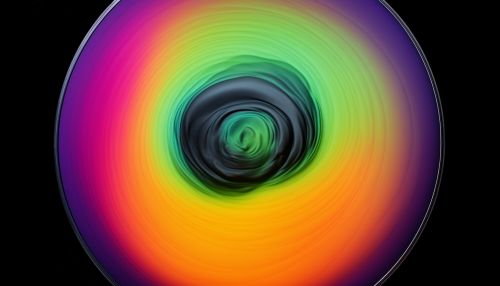The Science of Atmospheric Ozone and Its Importance
Introduction
Atmospheric ozone, a form of oxygen with three atoms in its molecule (O3), plays a critical role in the earth's environment. It is primarily located in the stratosphere, where it forms the ozone layer, a protective shield that absorbs most of the sun's harmful ultraviolet (UV) radiation. This article delves into the science of atmospheric ozone, its formation, distribution, and importance to life on earth.


Formation of Ozone
Ozone is formed through a series of photochemical reactions involving ultraviolet (UV) radiation and molecular oxygen (O2). The process begins when UV-C radiation, the most energetic and harmful type of UV radiation, dissociates molecular oxygen into individual oxygen atoms. These atoms can then react with other oxygen molecules to form ozone. This process is known as the Chapman cycle.
Distribution of Ozone
The distribution of ozone in the atmosphere is not uniform. It is largely concentrated in the stratosphere, between about 10 to 50 kilometers above the earth's surface, where it forms the ozone layer. However, small amounts of ozone are also present in the troposphere, the layer of the atmosphere closest to the earth's surface.


Importance of Ozone
Ozone plays a crucial role in protecting life on earth by absorbing the majority of the sun's harmful UV radiation. Without the ozone layer, this radiation would reach the earth's surface and cause harm to living organisms, including skin cancer in humans and damage to plants and plankton, the base of the food chain.
In addition to its protective role, ozone also plays a role in the earth's climate system. It is a potent greenhouse gas that absorbs and emits thermal infrared radiation, contributing to the warming of the atmosphere.
Ozone Depletion
The stability of the ozone layer is threatened by certain human-made chemicals, particularly chlorofluorocarbons (CFCs). These chemicals can catalyze reactions that destroy ozone, leading to the formation of "ozone holes" in certain parts of the stratosphere. The most famous of these is the Antarctic ozone hole, which forms each spring over Antarctica.


Ozone in the Troposphere
While ozone in the stratosphere is beneficial, ozone in the troposphere, also known as ground-level ozone, can be harmful to human health and the environment. It is a primary component of smog and can cause or exacerbate respiratory problems, particularly in vulnerable populations such as children and the elderly.
Conclusion
Understanding the science of atmospheric ozone and its importance is crucial for the protection of our environment and health. While the ozone layer in the stratosphere protects us from harmful UV radiation, ground-level ozone poses a significant health risk. Therefore, efforts to protect the ozone layer and reduce ground-level ozone are essential for a sustainable future.
